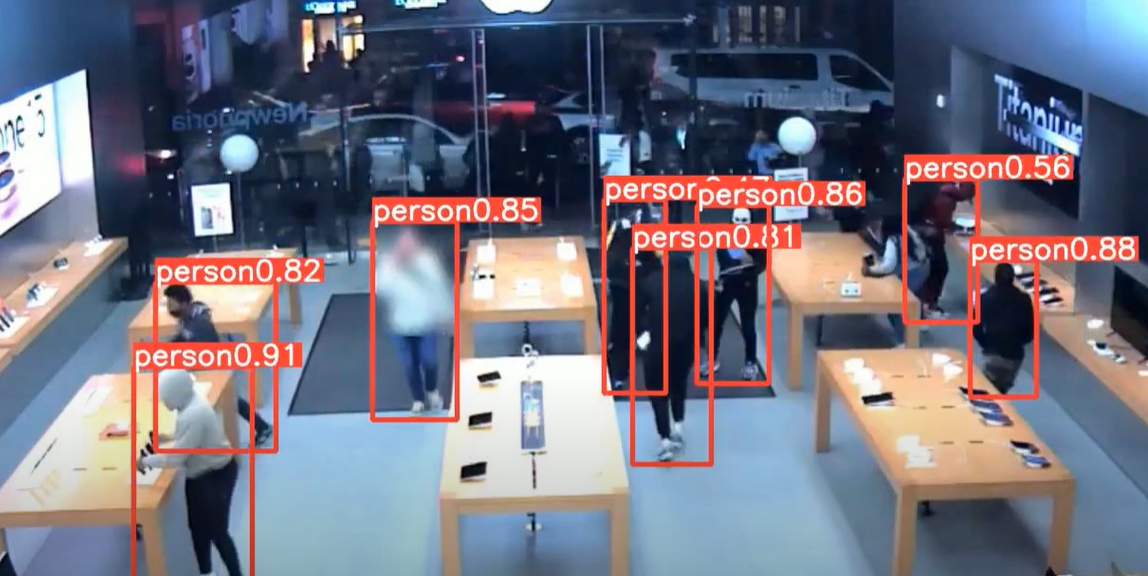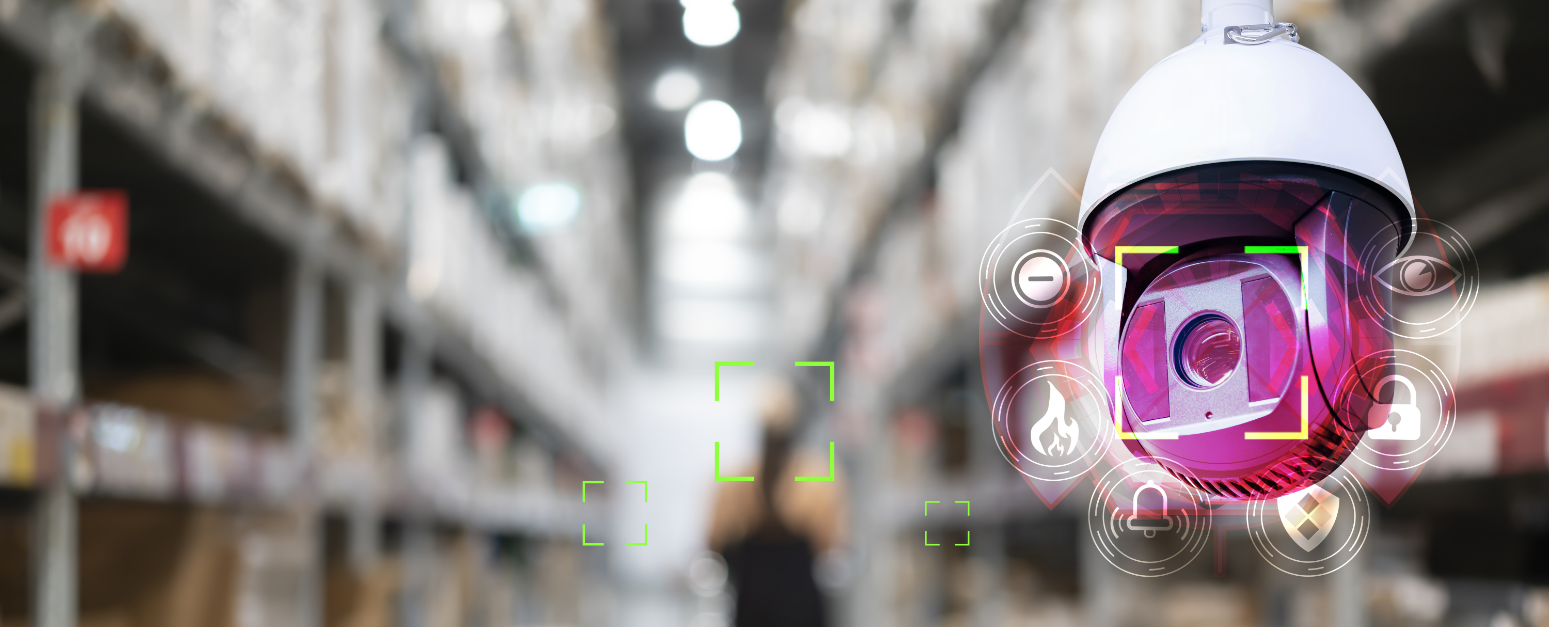Warehouse Automation: A Call to Remain Human-Centric
Throughout history, technology has revolutionized the way we work. With each wave of new tech, industry standards within warehousing and the supply chain have taken us a step closer to full automation. But at what cost? From the invention of steel conveyor belts in 1901, to the 21st century’s robotic pickers, much of the landscape has changed. While these strides in warehouse automation management have helped industry leaders reach record performance rates, profits, and more, there’s one group left behind: the workers.
Understanding the Decision Makers
With each evolution of warehouse automation, there’s an array of pros and cons employers consider. It's important to take into account concerns regarding flexibility in operations due to the nature of a solution or technology, ongoing maintenance costs, and the possibility of operations melt-downs caused by technical issues.
However, one huge con outweighs most others in the eyes of decision makers—and for good reason. Combining a substantial upfront investment in hardware, software, and state-of-the-art equipment with the inevitable costs of potential disruptions during scale-out, these immediate investments are bound to make some eyes bulge.
While many decision makers would love to waive a card and make it happen without negative consequence, it’s typically not feasible. Instead, decision makers are laden with the loaded question of where the money for the investment will come from. Some savings here and there might be helpful to the cause, but there’s one pool of investment that overshadows the rest: Payroll.
The 2023 Job Displacement Analysis reported that about 85 million jobs will be displaced by 2025. And 43% of employers will cut down their workforce to make way for technology integration. With a closer look, more than 50% of jobs in the transportation and storage sectors are at risk of being automated by 2030. This ranks these jobs as the highest risk for job displacement due to automation.
Workforce Replacement vs Enhancement
It may sound unfavorable, yet employers are hard pressed to keep up with today’s brand of consumerism. Ecommerce, BOPUS (buy online, pick up in store), and the push into technology-rich environments is setting record highs in sales and placing strains on the supply chain across the world. Any one issue within the warehousing or fulfillment/distribution center can throw a wrench into the operations of even the industry’s finest management systems.
Employers are forced to reconcile their present state with their desired outcomes and find a way to bridge the gap through strategy. Luckily, the technology ecosystem offers a hearty array of solution providers specialized in the problems at hand. Yet it is imperative we weigh the impact these solutions might have on the business model of any given organization.
From solutions such as goods-to-person (G2P) robotics, to automated storage and retrieval systems (AS/RS), many of these solutions involve an increase in efficiency, and decrease in human involvement. Solutions that leverage data modernization, LLM’s, and computer vision AI technologies tend to have a dissimilar impact when compared to robotics. Where robotics remove the people from the equation, these alternative solutions lean into the existing infrastructure, analyze ground-truth data, and optimize efficiencies without fully removing human involvement throughout the process.
Unfortunately, many of these solutions are limited to one or two unique use cases, and often come with integration constraints, data privacy concerns, and high upfront investments. Like any market, the more affordable the product, the less bells and whistles. Adding in the process of proving ROI, and strategizing scale-out there is much to take into consideration when vetting any such solution.
Finding the Right Fit
Recognizing these drawbacks, solution providers have worked hard to deploy SaaS solutions that allow employers to dip their toes into the world of warehouse automation. From data modernization to computer vision technology such as Pitaya.AI, SaaS solutions can offer a holistic approach focused on data-driven decisions to help employers remain human-centric while continually evolving their automation strategies. Rather than replacing essential workers with robotics, these solutions offer the chance to improve employee performance by identifying in-the-moment coaching opportunities, streamlining response to workplace safety issues, optimizing task management, and offering supplemental employee resources for training purposes.
There is no “one-size –fits-all" approach to solving our issues. That means not every solution provider will be a good fit. Whether you’re looking to optimize your workforce, recognize theft or security concerns, mitigate safety issues in the workplace, or even recognize training gaps with new or struggling staff, it is imperative to take into consideration which solutions provider will truly benefit your organization’s business model.
Human Centricity
Justifying the costs of implementing warehouse automation doesn't need to be such a complex calculation. However, if your company is forecasting a mass reduction in workforce simply to make a solution work, then consider this your call to take into consideration human centricity, and whether the solution provider truly fits your needs.
Abigail Hawkins has 10 years of experience in retail loss prevention and supports Centific’s Pitaya.AI. Connect with her on LinkedIn.



